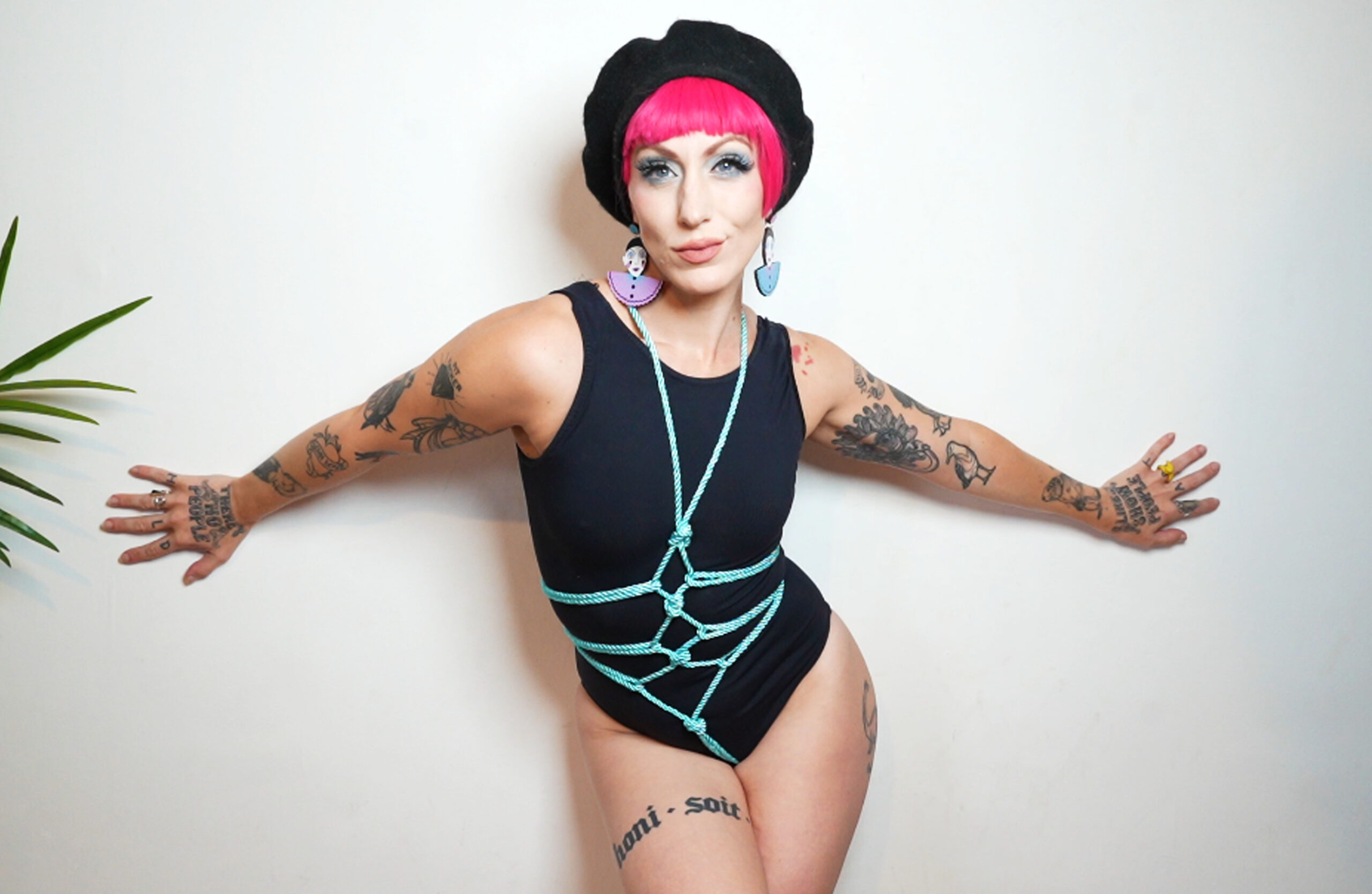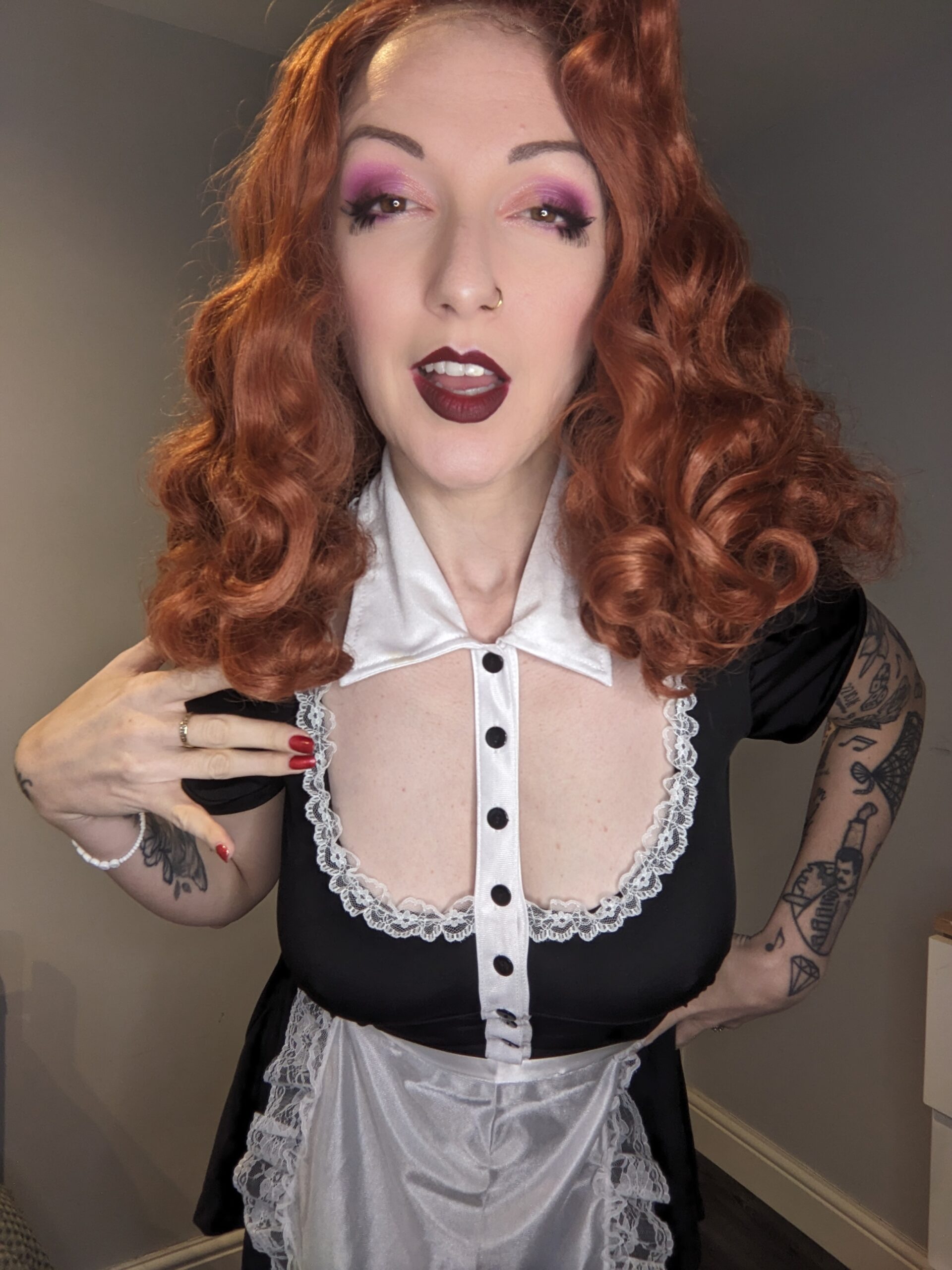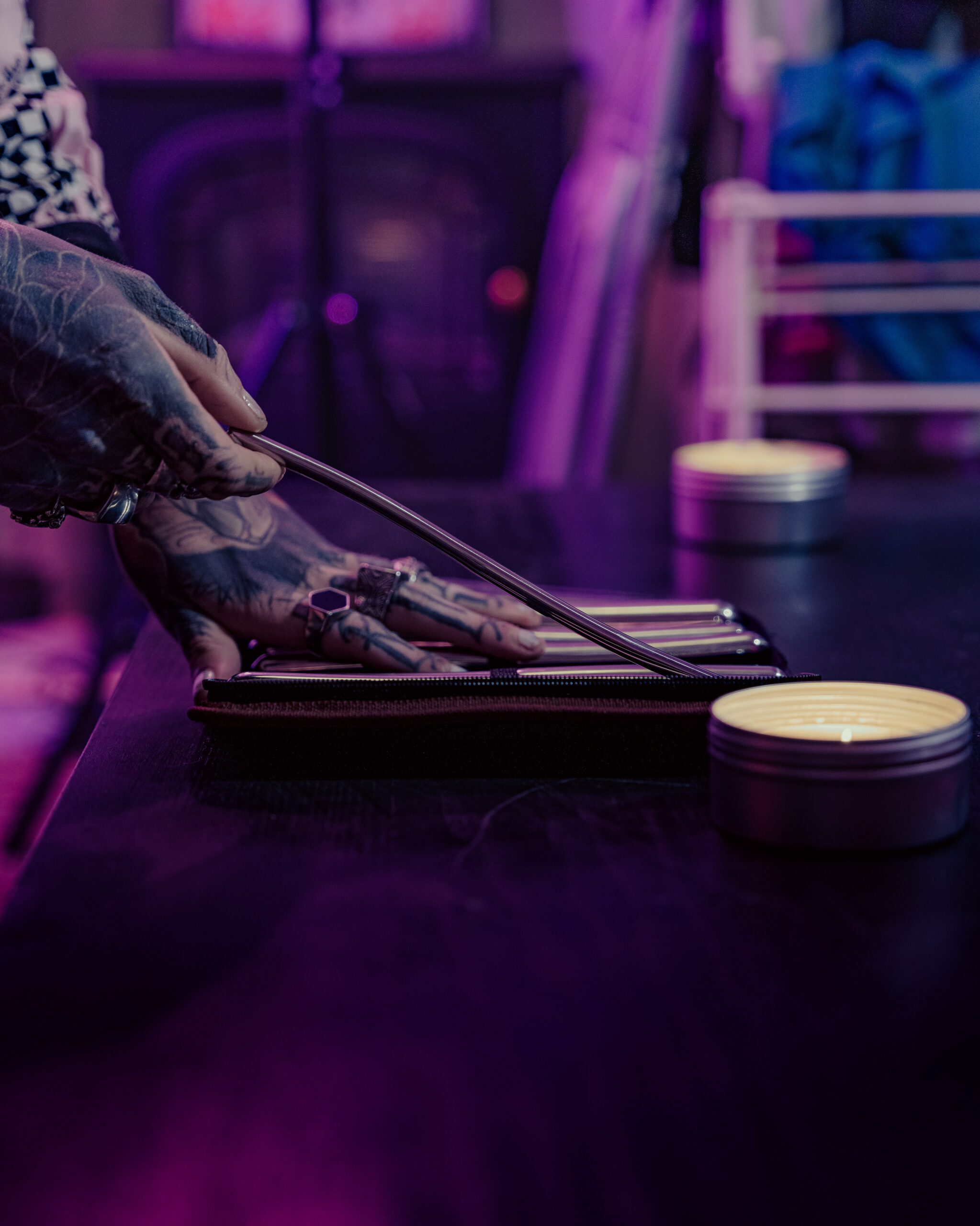Defining Pansexuality
Pansexuality is an orientation characterized by attraction to people regardless of their gender identity or expression. This means a pansexual person may be attracted to men, women, transgender individuals, non-binary individuals, and anyone else, valuing connection and intimacy beyond strict gender categories.
Understanding the Core Concept
Pansexuality is an orientation characterized by attraction to people regardless of their gender identity or expression. This means a pansexual person may be attracted to men, women, transgender individuals, non-binary individuals, and anyone else, valuing connection and intimacy beyond strict gender categories.
Unlike bisexuality, which typically refers to attraction to two genders (usually men and women), pansexuality encompasses a broader spectrum of genders. Pansexual individuals are attracted to people based on their personality, character, and connection, rather than focusing solely on gender.
It’s important to remember that pansexuality is a deeply personal experience, and each individual may express and understand it in their own way. Just like with any other sexual orientation, respect and understanding are crucial when navigating conversations and relationships involving pansexual individuals.

Distinguishing from Bisexuality
Pansexuality is an orientation characterized by attraction to people regardless of their gender identity or expression. This means a pansexual person may be attracted to men, women, transgender individuals, non-binary individuals, and anyone else, valuing connection and intimacy beyond strict gender categories.
Unlike bisexuality, which typically refers to attraction to two genders (usually men and women), pansexuality encompasses a broader spectrum of genders. Pansexual individuals are attracted to people based on their personality, character, and connection, rather than focusing solely on gender.
It’s important to remember that pansexuality is a deeply personal experience, and each individual may express and understand it in their own way. Just like with any other sexual orientation, respect and understanding are crucial when navigating conversations and relationships involving pansexual individuals.
Exploring the Spectrum of Attraction
Pansexuality is an orientation characterized by attraction to people regardless of their gender identity or expression. This means a pansexual person may be attracted to men, women, transgender individuals, non-binary individuals, and anyone else, valuing connection and intimacy beyond strict gender categories.
Unlike bisexuality, which typically refers to attraction to two genders (usually men and women), pansexuality encompasses a broader spectrum of genders. Pansexual individuals are attracted to people based on their personality, character, and connection, rather than focusing solely on gender.
It’s important to remember that pansexuality is a deeply personal experience, and each individual may express and understand it in their own way. Just like with any other sexual orientation, respect and understanding are crucial when navigating conversations and relationships involving pansexual individuals.
- Attraction to people regardless of gender identity or expression
- Emphasis on personality, character, and connection over strict gender categories
- A spectrum-inclusive orientation that encompasses a wider range of genders than bisexuality.
Pansexual Relationships: Dynamics and Experiences
Pansexuality is a beautiful testament to love’s ability to transcend boundaries. This orientation celebrates attraction to individuals regardless of their gender identity or expression, valuing genuine connection and intimacy above rigid gender categories. Pansexual individuals find themselves drawn to people based on their unique personalities, characters, and the profound bonds they forge, fostering relationships built on shared values and experiences rather than limiting factors like gender.
Communication and Honesty
Understanding pansexuality within relationships means appreciating that love knows no boundaries. A pansexual person is attracted to individuals regardless of their gender identity or expression. This could encompass men, women, transgender individuals, non-binary individuals, and anyone else they connect with. The focus lies on the individual, their personality, character, and the strength of their connection, rather than strict gender categorization.

Open communication is vital in any relationship, but it’s especially important in pansexual relationships. Partners need to openly discuss their needs, desires, and expectations. Honesty about feelings, boundaries, and breast bondage experiences fosters trust and intimacy.
It’s crucial to remember that each individual experiences pansexuality differently. Some may identify as exclusively attracted to multiple genders, while others may experience attraction on a fluid spectrum. Understanding these nuances is essential for fostering respectful and supportive relationships.
Navigating Societal Expectations
Pansexual relationships are built on the foundation of love and connection transcending strict gender boundaries. A pansexual individual may be attracted to men, women, transgender individuals, non-binary individuals, or anyone else they connect with, emphasizing personality, character, and shared experiences over rigid gender categories.
Navigating societal expectations can sometimes pose challenges for pansexual couples. Misconceptions about pansexuality, coupled with a society often rooted in binary thinking, might lead to misunderstanding or prejudice. Open communication with both partners and creating a supportive environment free of judgment are crucial for fostering healthy relationships.
Within these relationships, the emphasis lies on authenticity and mutual understanding. Partners celebrate each other’s individuality and create a space where they feel comfortable expressing their true selves. Building trust and openly discussing needs and desires are essential components of navigating any relationship, but particularly important in pansexual ones, as they challenge societal norms and encourage deeper self-exploration.
Building Strong Connections
Pansexuality is characterized by attraction to people regardless of their gender identity or expression. This means a pansexual person may be attracted to men, women, transgender individuals, non-binary individuals, and anyone else they connect with, valuing connection and intimacy beyond strict gender categories.
Unlike bisexuality, which typically refers to attraction to two genders (usually men and women), pansexuality encompasses a broader spectrum of genders. Pansexual individuals are attracted to people based on their personality, character, and connection, rather than focusing solely on gender.
It’s important to remember that pansexuality is a deeply personal experience, and each individual may express and understand it in their own way. Just like with any other sexual orientation, respect and understanding are crucial when navigating conversations and relationships involving pansexual individuals.
Building strong connections in pansexual relationships involves open communication, mutual respect, and a willingness to challenge societal norms. Partners need to openly discuss their needs, desires, and expectations, creating a safe space where they feel comfortable expressing their true selves.
Navigating societal expectations can sometimes pose challenges for pansexual couples. Misconceptions about pansexuality, coupled with a society often rooted in binary thinking, might lead to misunderstanding or prejudice. Open communication with both partners and creating a supportive environment free of judgment are crucial for fostering healthy relationships.
Challenges and Considerations
Understanding pansexuality within relationships requires navigating unique challenges and considerations. Societal norms often frame attraction within a binary framework, which can lead to misunderstandings and prejudice against those who identify as pansexual.
Dealing with Misconceptions and Prejudice
Navigating societal expectations can sometimes pose challenges for pansexual couples. Misconceptions about pansexuality, coupled with a society often rooted in binary thinking, might lead to misunderstanding or prejudice. Open communication with both partners and creating a supportive environment free of judgment are crucial for fostering healthy relationships.
- Societal Misconceptions: Pansexuality is often misunderstood or confused with bisexuality, leading to inaccurate portrayals and generalizations.
- Prejudice and Discrimination: Some individuals may hold prejudiced views against pansexual people, resulting in discrimination or exclusion.
- Internalized Biphobia/Homophobia: Some pansexual individuals may struggle with internalized biases stemming from societal stigma, affecting their self-acceptance and relationships.

Managing Internalized Homophobia or Biphobia
Understanding pansexuality within relationships requires navigating unique challenges and considerations. Societal norms often frame attraction within a binary framework, which can lead to misunderstandings and prejudice against those who identify as pansexual.
Navigating societal expectations can sometimes pose challenges for pansexual couples. Misconceptions about pansexuality, coupled with a society often rooted in binary thinking, might lead to misunderstanding or prejudice. Open communication with both partners and creating a supportive environment free of judgment are crucial for fostering healthy relationships.
- Societal Misconceptions: Pansexuality is often misunderstood or confused with bisexuality, leading to inaccurate portrayals and generalizations.
- Prejudice and Discrimination: Some individuals may hold prejudiced views against pansexual people, resulting in discrimination or exclusion.
- Internalized Biphobia/Homophobia: Some pansexual individuals may struggle with internalized biases stemming from societal stigma, affecting their self-acceptance and relationships.
Finding Supportive Communities
Challenges and considerations arise when understanding pansexuality in relationships. Societal norms often frame attraction within a binary framework, which can lead to misunderstandings and prejudice against those who identify as pansexual.
Navigating societal expectations can sometimes pose challenges for pansexual couples. Misconceptions about pansexuality, coupled with a society often rooted in binary thinking, might lead to misunderstanding or prejudice. Open communication with both partners and creating a supportive environment free of judgment are crucial for fostering healthy relationships.
- Societal Misconceptions: Pansexuality is often misunderstood or confused with bisexuality, leading to inaccurate portrayals and generalizations.
- Prejudice and Discrimination: Some individuals may hold prejudiced views against pansexual people, resulting in discrimination or exclusion.
- Internalized Biphobia/Homophobia: Some pansexual individuals may struggle with internalized biases stemming from societal stigma, affecting their self-acceptance and relationships.
Finding supportive communities can be incredibly valuable for pansexual individuals. These communities provide a space where they can connect with others who understand their experiences and offer support, acceptance, and validation.
- Online Communities: Numerous online forums, social media groups, and websites cater specifically to pansexual individuals, offering a platform for connection, discussion, and shared experiences.
- LGBTQ+ Centers and Organizations: Many LGBTQ+ centers and organizations provide resources, support groups, and social events that are welcoming to pansexual individuals.
- Local Meetups and Events: Search for local meetups or events focused on pansexuality or the LGBTQ+ community in your area. These gatherings offer opportunities to connect with like-minded individuals face-to-face.
- What Age Can I Get Lip Filler - May 23, 2025
- What Does Demigender Mean And How Does It Influence Gender Identity? - May 23, 2025
- How To Get Rid Of Tear Troughs Without Fillers? - May 23, 2025
